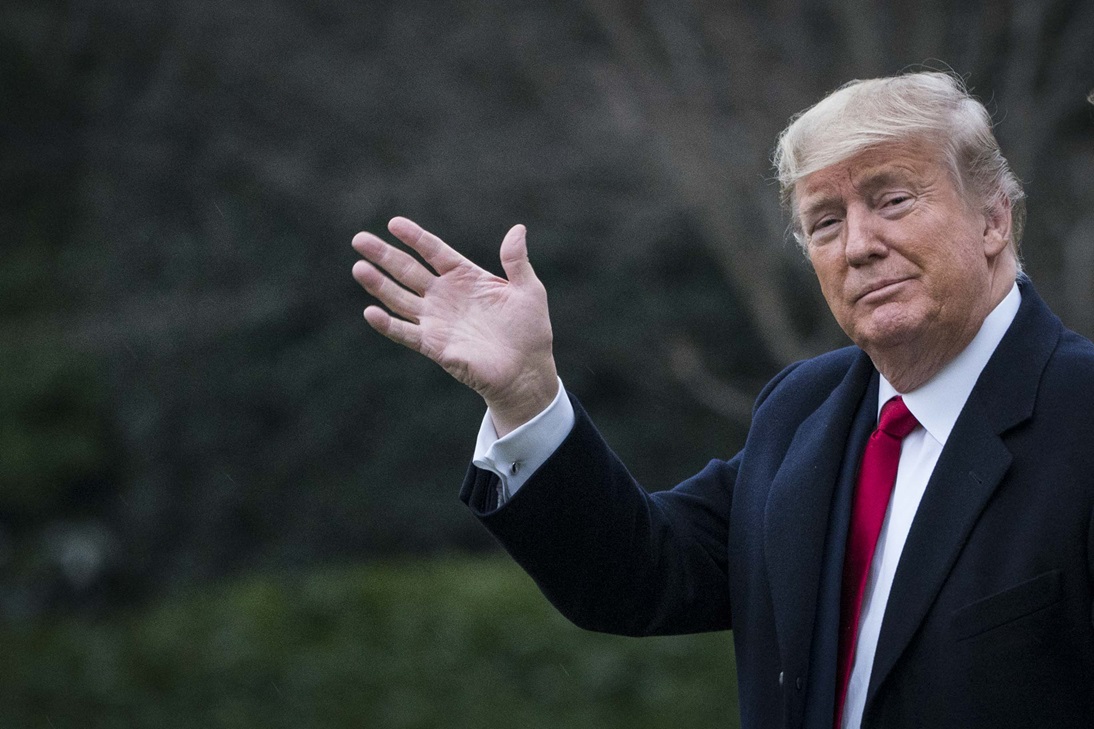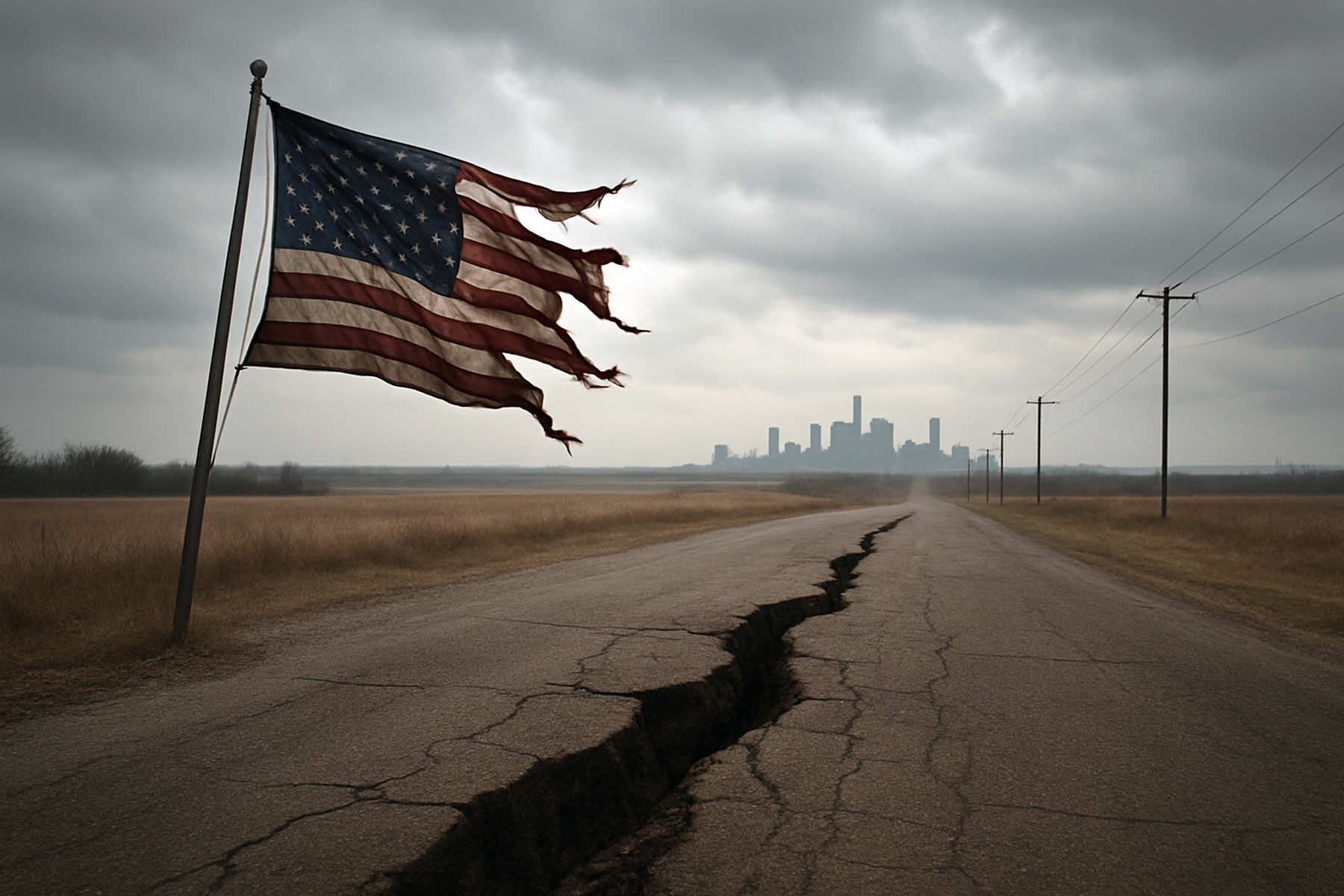
Donald Trump, the newly elected US President, may not like Ukrainian leader Volodymyr Zelensky, but that does not mean he will completely halt the American support to Kyiv and force Ukraine to surrender to Russia. His rhetoric, however, signals that he might attempt to pressure both Kyiv and Mocow to freeze the conflict, allowing the United States to focus on other regions, namely China and the Middle East.
By Nikola Mikovic
Although Trump’s opponents often portray the controversial businessman and politician as “Putin’s puppet”, he is unlikely to make any serious concessions to the Russian president. Allowing Russia to achieve all the goals of its so-called special military operation in Ukraine would constitute a significant geopolitical defeat for the United States. That is something that Trump can hardly afford to himself.
Since 2022, when Russia launched its full-scale invasion of Ukraine, the US has provided Kyiv with tens, if not hundreds, of billions of dollars. From the American perspective, this has proven to be a fruitful investment. Russia and Ukraine are bleeding, while European economies find it almost impossible to keep pace with the US. The United States GDP is now 50 per cent larger than the entire European Union’s GDP, whereas, in 2008, they were roughly the same size.
More importantly, the conflict in Ukraine has helped the US revitalise its military-industrial complex. Indeed, war can be good for business, which is why many influential circles, both in the US and Russia, have an interest in prolonging the agony in Ukraine.
If Washington policymakers and strategic planners view China and Iran as a bigger threat than Russia, they might attempt to put the war in Ukraine “on hold.” It would not be the first time that they have done so.
In 2015, Moscow – in the middle of a pro-Russian rebels’ offensive – agreed to freeze the Donbas war and effectively help the United States fight against ISIS militants in Syria. By doing so, the Kremlin gave Ukraine enough time to prepare for an inevitable direct military confrontation with Russia. Could Moscow once again help its American partners?
Donald Trump is widely perceived as the most pro-Israel president in American history. As such, he will support Israel by all means in the event of a potential large-scale war against Iran. Given Russian-Iranian military cooperation, Trump likely expects the Kremlin to once again “betray” Iran and refrain from supplying the Islamic Republic with weapons that could seriously harm Israel.
But that’s not all. There are growing fears that, under Trump, the trade war between the United States and China could escalate. Imposing 60% tariffs on Chinese goods could be his first step. Also, if Beijing eventually invades Taiwan, Washington will almost certainly back the self-ruled island. In such circumstances, the last thing the US wants is any form of serious cooperation between Moscow and Beijing. Therefore, Washington wants to see Russia either remain neutral or “stab China in the back.”
In exchange, the Russian Federation might be allowed to preserve control over some parts of Ukraine until the US “finishes the job” in other parts of the world. Meanwhile, the American military-industrial complex, though occupied with other theatres of war, would undoubtedly continue arming Ukraine, preparing it for another round of the fight against Russia.
According to many analysts, this seems to be the core of Trump’s alleged “peace plan” for Ukraine. However, Moscow and Kyiv have repeatedly stated that they are uninterested in ceasefire agreements.
From the Ukrainian perspective, freezing the conflict would mean the de facto legalisation of the Russian occupation of significant parts of Ukraine. From the Russian perspective, a potential ceasefire deal would mean that the Kremlin, under American pressure, gave up on the initial goals of its so-called special military operation in Ukraine. Also, if Putin accepts the deployment of “peacekeeping troops” from NATO countries to the war-torn nation, he can hardly sell it as a “geopolitical victory” to his audience.
The war in Ukraine, in its current form, will, therefore, continue, at least for some time. However, it is entirely possible that Russia and Ukraine – behind the scenes, under US auspices – are already trying to reach some deals that would be beneficial for Washington and Donald Trump.
In the long term, the conflict will end only when one of the two parties agrees to a de facto capitulation.






